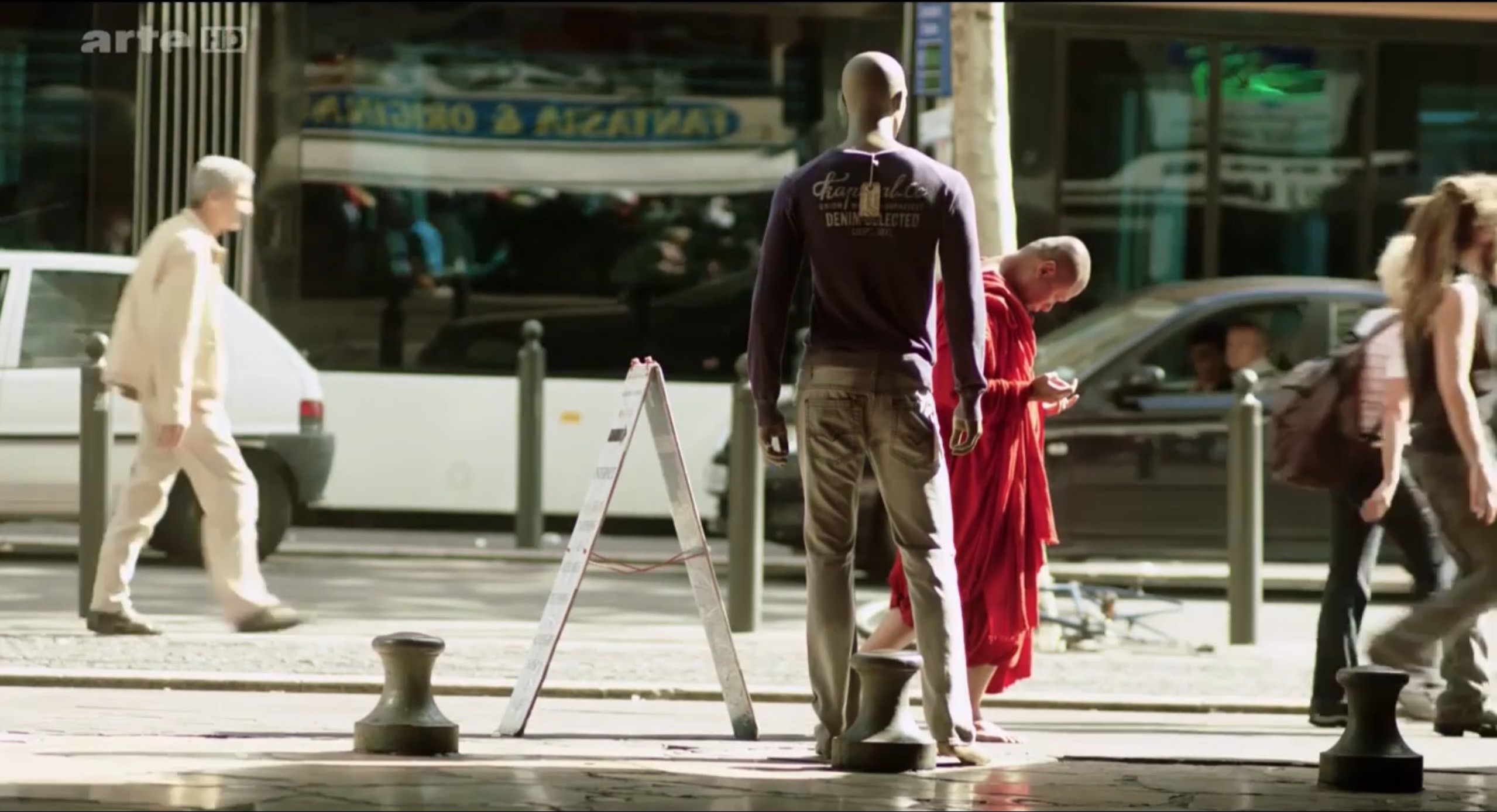Kill-Or-Cure Remedy Challenge: Approaches to Authenticity in the Interpretation and Preservation of Paintings by Edvard Munch at the Munch Museum
DOI:
https://doi.org/10.58519/aesthinv.v2i2.11964Keywords:
Conservation, Authenticity, Kill-or-cure remedy, Edvard MunchAbstract
Despite the controversies surrounding the artistic concept known to Edvard Munch conservators as the `kill-or-cure' remedy (leaving paintings outdoors to become weathered), this paper argues that this practice is an integral part of his artistic identity and must therefore be considered in conservation strategies and treatment choices. Starting with a brief overview of Munch's experimental painting techniques and use of materials, this paper introduces several challenges confronting conservators tasked with conserving Munch's works. To date, conservators' treatment of Munch's `kill-or-cure' remedy as an artistic concept has dominated and shaped the way conservators mediate and preserve his art. This paper shows how changes in conservation philosophies, as well as aesthetic and art historical theories, influence conservation treatments; ultimately affects the public's perception and appreciation of Munch's art. This paper argues that surface irregularities caused by Munch's `kill-or-cure' remedy are not only a central theme in Munch's work, but are especially relevant as marks of authenticity.
References
Aslaksby, Trond. 2015. “Edvard Munch’s painting The Scream (1893).” In Public paintings by Edvard Munch and his contemporaries, change and
conservation challenges, edited by T. et al. Frøysaker, 52–71. London:
Archetype Publications.
Buchhart, Dieter. 2014. “The Nature of Disappearance.” In Marianne
Boesky Gallery, Minneapolis, 30. New York: The Avery Group at Shapco
Printing.
Callen, Anthea. 1982. The techniques of the Impressionists. U.S.: Chartwell
Books Inc.
Carlyle, Leslie. 2002. The Artist’s Assistant Oil painting instruction
manuals and handbooks in Britain 1800-1900 With reference to selected
Eighteenth-century sources. London: Archetype Publications.
Clavir, Miriam. 1998. “The social and historic construction of professional
values in conservation.” Studies in Conservation 43:1–8: 69.
Dahl, Chrix. 1946. “Mesteren på Ekely.” Kunst og Kultur, Gyldendal, Oslo
:224.
Dørje-Haug, Ole. 1949. Unpublished letter to the first Director of Munch’s
art collection. Oslo kommunes kunstsamlinger, inv.no. 70/49.
Ferrer, Jin.S., Alyssa Hull, and Terje Syversen. 2016. “Investigating surface
phenomena in paints and paintings by Edvard Munch (1863-1944)—in
the context of the artist’s painting materials.” In Colour Change in Paintings, edited by Alexandra Gent Rhiannon Clarricoates, Helen Dowding. London: Archetype Publications Ltd.
Grimstad, Inger. 2000. “Menneskeberget: En studie av Edvard Munch.”
Ph.D. diss., Oslo.
Hackney, Stephen. 2004. Paintings on Canvas: Lining and Alternatives.
http://www.tate.org.uk/research/publications/tate-papers/
/paintings-on-canvas-lining-and-alternatives. (Accessed: 24
November 2017).
Jong, Fredrik. 2015. “Edvard Munch’s Separation: past and present treatment strategies.” In Public paintings by Edvard Munch and his contemporaries: Change and conservation challenges, edited by T. et al. Frøysaker,
–114. London: Archetype Publications.
Langaard, Johann H. 1951. “Beretning om virksomheten i fem-årsperioden
-1951.” In Oslo Kommunes Kunstsamlinger årbok 1946-1951, 75–76.
Oslo: Munchmuseet.
Mass, Jennifer. et al. 2015. “Cadmium yellow degradation mechanisms in
Henri Matisse’s Le Bonheur de vivre (1905-06) compared to the Munch
Museum’s The Scream (c.1910): fluorescence imaging and chemical speciation
as function of depth. Part 2: Fluorescence imaging.” In Public Paintings by Edvard Munch and his contemporaries: Change and conservation challenges, edited by Tine Frøysaker et al., 308–324. London: Archetype Publications Ltd.
Milnes, Anne, and Biljana Topalova-Casadiego. 2008. “Konserveringen av
Munch-museets Madonna: Undersøkelser og betraktninger. Madonna.”
Munch-museet/Vigmostad and Bjørke, Oslo.
Munch, Edvard. 2008. MM N 38. Aphorisms related to art. https:
//www.emunch.no/TRANS_HYBRIDMM_N0038.xhtml. (Accessed 13 December,
.
Muñoz Viñas, Salvador. 2005. Contemporary Theory of Conservation. Great
Britain: Elsevier.
Phillipot, Paul. 1996. “Historic Preservation: Philosophy, criteria, guidelines,
I.” In Historical and Philosophical Issues in the Conservation of Cultural Heritage, edited by A. Kirby Talley N. Price and M. J. Vaccaro. Canada: Paul Getty Trust.
Riegl, Alois. 1996. “The Modern Cult of Monuments.” In Historical and
Philosophical Issues in the Conservation of Cultural Heritage, edited by
A. Kirby Talley N. Price and M. J. Vaccaro, 69–83. Canada: Paul Getty
Trust.
Stein, Mille. 2014. Edvard Munch and the “Kill-or-Cure” Remedy. Analysis
of the Ekely Collection at the Munch Museum. Volume 28 (2). Zeitschrift
für Kunsttechnologie und Konservierung.
Stenersen, Rudolf. 1946. Edvard Munch. Nærbilde av et geni. Oslo: Gyldendal.
Thurmann-Moe, Jan. 1995. “Edvard Munch’s “kill-or-cure” Treatment Experiments
with Technique and Materials.” Munchmuseet, Oslo.
Woll, Gerd. 2008. Edvard Munch: samlede malerier (4 vols). Oslo: Cappelen
Damm.
Downloads
Published
Issue
Section
License

This work is licensed under a Creative Commons Attribution 4.0 International License.
Authors who publish with this journal agree to the following terms:
Authors retain copyright and grant the journal right of first publication with the work simultaneously licensed under a Creative Commons Attribution License that allows others to share the work with an acknowledgement of the work's authorship and initial publication in this journal. Note: up to volume 4 issue 1, an incorrect copyright line appears in the PDFs of the articles.
Authors are able to enter into separate, additional contractual arrangements for the non-exclusive distribution of the journal's published version of the work (e.g., post it to an institutional repository or publish it in a book), with an acknowledgement of its initial publication in this journal.
Authors are permitted and encouraged to post their work online (e.g., in institutional repositories or on their website) prior to and during the submission process, as it can lead to productive exchanges, as well as earlier and greater citation of published work (See The Effect of Open Access).






